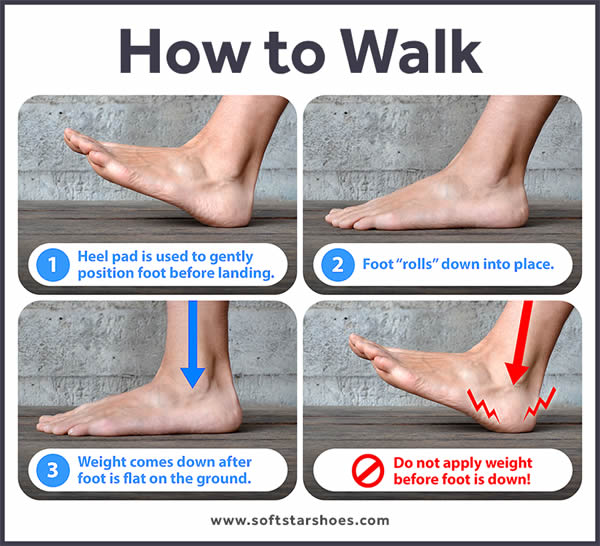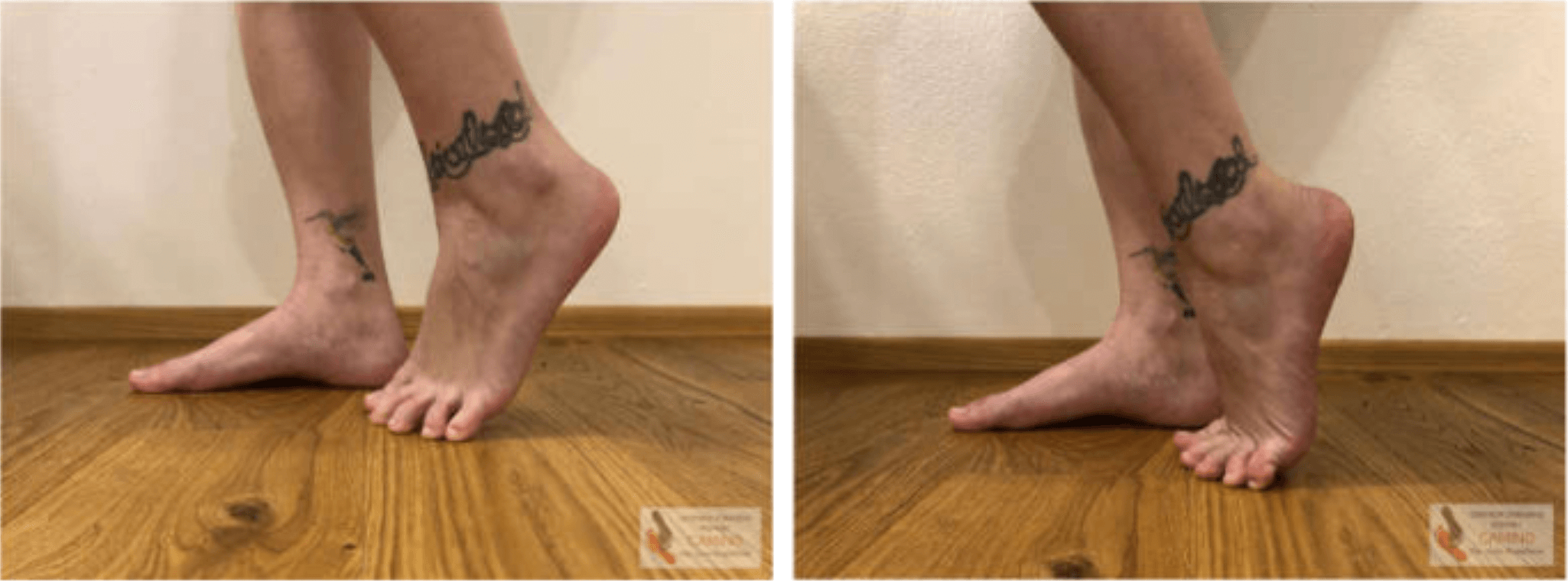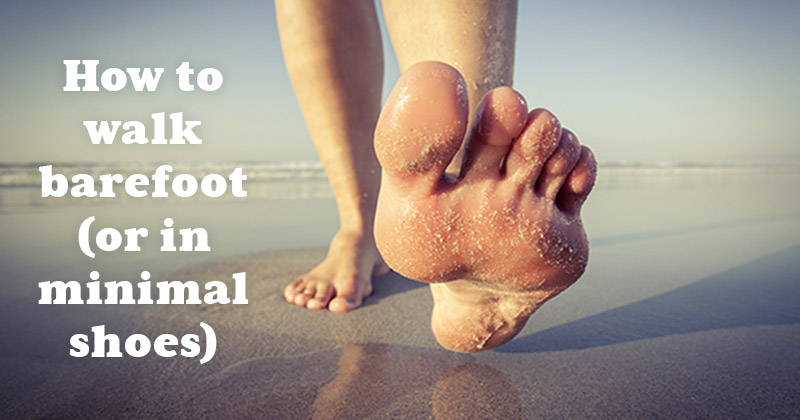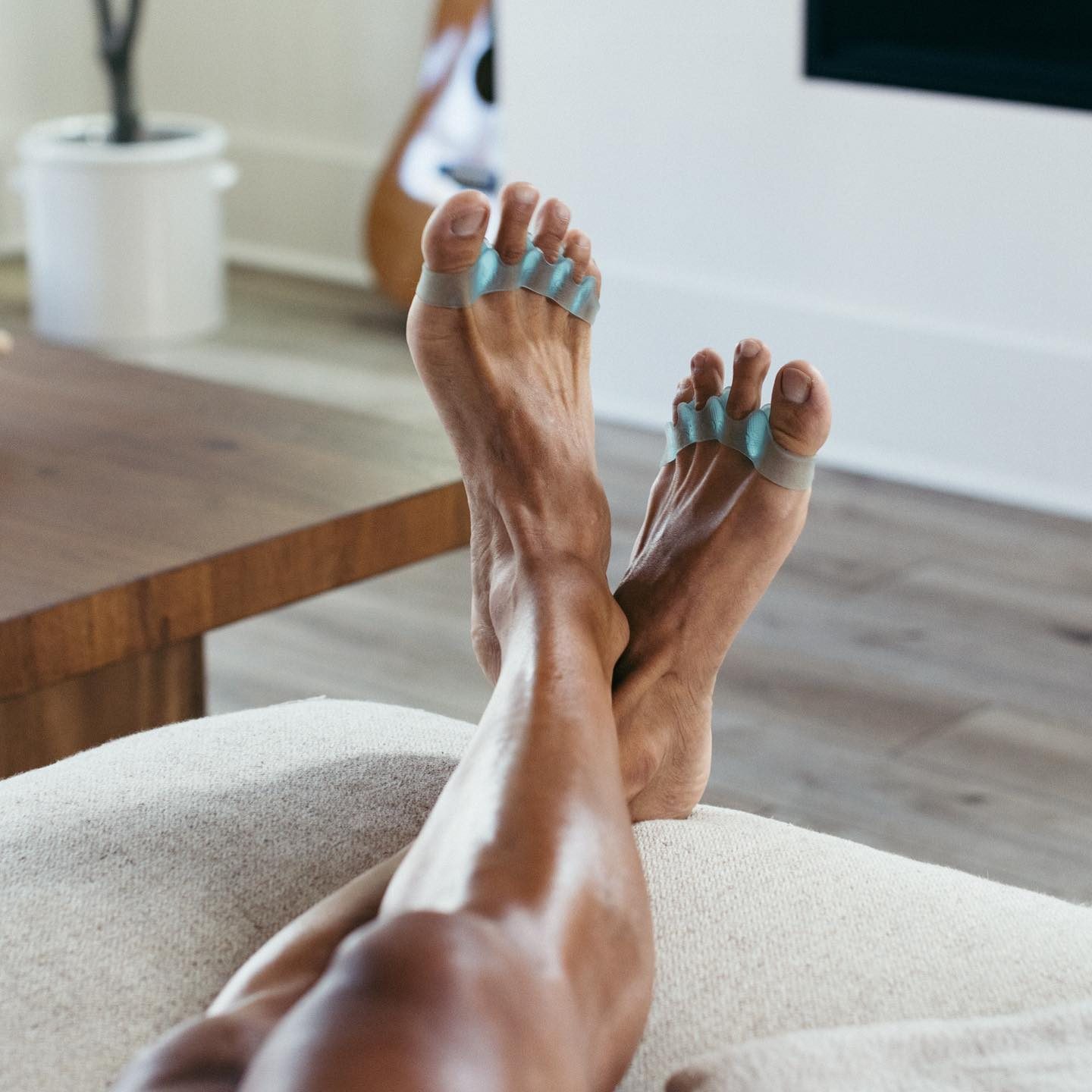Are you ready to embrace the freedom of walking in barefoot shoes? Whether you’re a seasoned foot enthusiast, a fashion lover, or simply someone seeking comfort in their daily life, this guide will provide everything you need to know about walking in barefoot shoes. In this comprehensive article, we’ll explore the benefits, tips, real-world experiences, and much more to help you transition smoothly into this exciting footwear option.
The Rise of Barefoot Shoes
Barefoot shoes have gained immense popularity in recent years, and for good reason. Designed to mimic the natural shape of the foot, they offer a unique blend of comfort, style, and health benefits. Unlike traditional footwear that can confine your feet and alter your natural gait, barefoot shoes encourage a more natural walking pattern. This guide will delve into how to walk in barefoot shoes, making the transition as seamless as possible.
What Are Barefoot Shoes?
Barefoot shoes are specifically designed to provide minimal cushioning and support, allowing your feet to move as naturally as possible. These shoes typically feature:
- Zero Drop: The heel and toe are at the same level, promoting a natural foot position.
- Wide Toe Box: Allowing your toes to splay naturally for improved balance and comfort.
- Minimal Cushioning: To enhance proprioception and strengthen foot muscles.

Benefits of Wearing Barefoot Shoes
Transitioning to barefoot shoes offers numerous benefits:
- Improved Foot Strength: Walking in barefoot shoes can strengthen the muscles in your feet, leading to better overall foot health.
- Better Posture: These shoes encourage a more natural gait, which can improve overall body alignment.
- Increased Sensory Feedback: Barefoot shoes allow you to feel the ground beneath your feet, enhancing balance and coordination.

Getting Started: How to Walk in Barefoot Shoes
Now that you understand what barefoot shoes are and their benefits, let’s dive into how to walk in them effectively. Transitioning to barefoot shoes is a gradual process that requires patience and attention.

1. Choose the Right Pair
The first step in successfully walking in barefoot shoes is selecting the right pair. Consider the following factors:
- Fit: Your barefoot shoes should fit snugly without being overly tight. Look for a wide toe box that allows your toes to move freely.
- Material: Opt for lightweight, breathable materials to promote comfort and feel.
- Style: While functionality is key, you can also find stylish options that suit your personality and lifestyle.

2. Start Slowly
One of the most common mistakes newcomers make is diving into barefoot walking too quickly. If you’re transitioning from traditional shoes, start with short periods of wear:
- Week 1: Wear them for 30 minutes a day.
- Week 2: Increase wear time to 1-2 hours daily.
- Week 3: Aim for 3-4 hours, gradually incorporating them into your everyday activities.

3. Focus on Your Gait
Walking in barefoot shoes is different from conventional footwear. Pay attention to your gait and make necessary adjustments:
- Shorter Strides: Take shorter and softer steps to reduce impact.
- Midfoot Strike: Aim to strike the ground with the middle of your foot rather than your heel to minimize shock.
- Maintain an Upright Posture: Keeping your posture aligned helps distribute weight evenly.

4. Listen to Your Body
As you transition to barefoot shoes, it’s essential to listen to your body’s signals. If you experience discomfort or pain, take it as a cue to slow down. Remember that this transition takes time. Respect your body’s need for adjustment.
Real-World Experiences with Barefoot Shoes
Many individuals have shared their journeys transitioning to barefoot shoes. Here are a few insights:

Case Study 1: Emily’s Journey
Emily, a fitness enthusiast, decided to switch to barefoot shoes after reading about their benefits. Initially, she struggled with calf soreness but adhered to a gradual transition schedule. Within a month, Emily reported improved balance and less discomfort during workouts.
Case Study 2: Dave’s Transformation
Dave, an everyday walker, was intrigued by the idea of barefoot shoes but worried about foot support. After thorough research, he selected a highly rated brand and began walking in them for 30 minutes each day. Over time, he found that his foot pain decreased significantly, and he appreciated the feedback he received from the ground beneath his feet.
Tips for Optimal Comfort and Performance
To enhance your experience with barefoot shoes, consider the following tips:
1. Strengthen Your Feet
Incorporate foot-strengthening exercises into your routine, such as:
- Toe curls: Use your toes to pick up small objects from the ground.
- Ankle mobility exercises: Improve flexibility and strength.
- Balance exercises: Practice standing on one foot to enhance stability.
2. Invest in Quality Products
When it comes to barefoot shoes, opting for quality is paramount. Here are some recommended brands known for their excellent barefoot shoe options:
| Brand | Model | Pros | Cons |
|---|---|---|---|
| Vivobarefoot | Primus Lite | Lightweight, breathable, and stylish. | May take time to adjust. |
| Merrell | Vapor Glove | Great grip and flexibility. | Less cushioning. |
| New Balance | Minimus | Well-cushioned with flexibility. | More structured than pure barefoot shoes. |
3. Maintain Proper Foot Hygiene
With barefoot shoes, foot hygiene becomes even more crucial. Remember to:
- Wash Regularly: Keep your feet clean and dry to prevent blisters and infections.
- Moisturize: Keeping your feet moisturized can prevent cracks and dryness.
- Trim Toenails: Regularly trim to avoid discomfort.
Pros and Cons of Barefoot Shoes
As with any footwear, barefoot shoes come with their own set of advantages and disadvantages. Here’s a brief overview:
Pros
- Encourages natural foot movement.
- Strengthens foot muscles.
- Improves overall posture and balance.
- Promotes sensory feedback from the ground.
Cons
- Adjustment period required.
- Not suitable for all foot types.
- Limited cushioning may not be ideal for long-distance runners.
Frequently Asked Questions (FAQs)
1. Are barefoot shoes suitable for everyone?
While many people can benefit from barefoot shoes, those with specific foot conditions or injuries should consult with a healthcare professional before making the switch.
2. How long does it take to adjust to barefoot shoes?
The adjustment period varies from person to person, but generally, it takes a few weeks to several months. Gradual increase in wear time is crucial.
3. Can I wear barefoot shoes for running?
Yes, many runners enjoy barefoot shoes. However, it’s essential to transition gradually and listen to your body to avoid injury.
4. How do I care for my barefoot shoes?
Follow the manufacturer’s care instructions, but generally, remove dirt with a damp cloth and let them air dry to maintain quality.
5. Are barefoot shoes expensive?
Prices vary based on brand and materials. While some options can be pricier, investing in quality is often worthwhile for comfort and durability.
6. Will barefoot shoes help with foot pain?
Many individuals report less foot pain after transitioning to barefoot shoes, primarily due to improved muscle strength and alignment. However, results can vary.
7. Can I wear barefoot shoes indoors?
Absolutely! Wearing barefoot shoes indoors can promote better foot health and comfort throughout your day.
8. Do barefoot shoes come in different styles?
Yes, barefoot shoes are available in various styles, including running shoes, casual shoes, and sandals, catering to different preferences and activities.
9. What should I do if I experience pain while wearing barefoot shoes?
If you experience pain, it’s advisable to stop wearing them and consult a healthcare professional. Transitioning too quickly can lead to discomfort.
Conclusion
Walking in barefoot shoes can be a liberating experience that promotes foot health, comfort, and better posture. By following the tips in this guide and taking your time during the transition, you can enjoy the myriad benefits that barefoot shoes offer. Whether you’re strolling through the park, hitting the gym, or running errands, there’s a sense of freedom found in shoes that allow your feet to move as nature intended.
Now that you’re equipped with the knowledge to start your barefoot shoe journey, it’s time to step out and experience the difference for yourself. Happy walking!